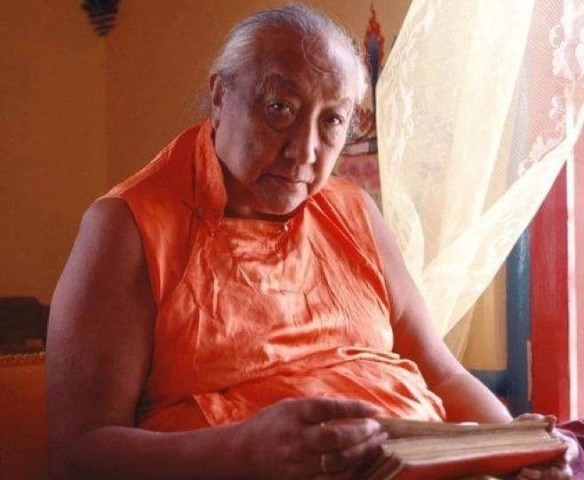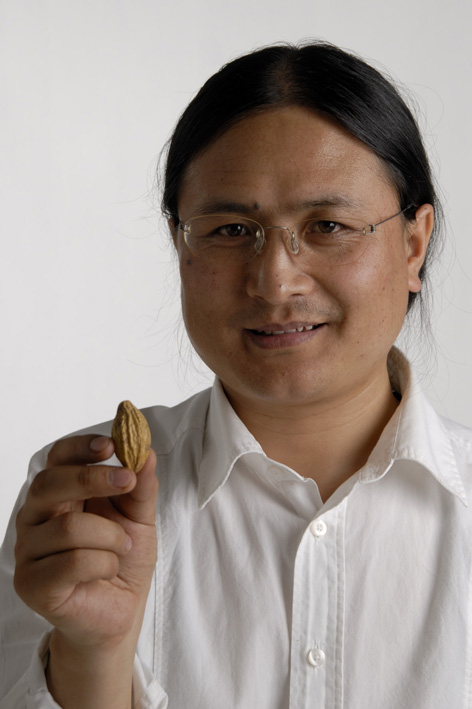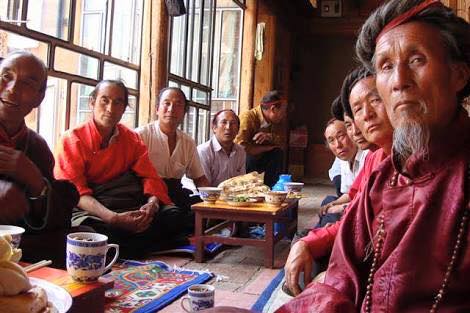Recently, a Facebook friend of mine shared an article from the popular anthropology blog Sapiens in the Folk Necromancy Facebook group that I co-moderate. This article, true to its title, sought to argue that AI (Artificial Intelligence) was similar to ‘magic’, at least in certain respects, and as understood by anthropologists at any rate. I approved my friend’s post to share with the group despite finding the article quite irritating. Being irritated about what people generally consider to be the minor or obscure details of things is arguably the bread-and-butter of academia, but I submit that I had a solid reason to be annoyed. Many of my disciplinary peers positively DELIGHT in writing ‘X thing is actually like Magic’ type hot-takes. I get why, of course. Our discipline has grappled more with the comparative study of what people often call ‘magic’, ‘science’, and ‘religion’ as ways of acting, knowing, and being in the world than probably any other. Considering how foundational witchcraft and magic are to the history and identity of our field, I guess every anthropologist is supposed to be able to at least trot out something about these topics. It’s our wheelhouse! The thing is – and here’s what bugs me – the anthropologists I typically see forwarding ‘X is really magic!’ arguments are almost never actually researchers of magical practices or of ritual specialists. They are almost always ethnographers who study ‘X’, whatever X may be. Continue reading
Tag Archives: rebkong
The White-Robed, Dreadlocked Community: Dr Nida Chenagtsang’s Introduction to and Defense of the Ngakpa Tradition

(Ngakpa or non-celibate tantric yogis from the Rebkong ngakmang or tantric community performing rituals at Rigzin Rabpel Ling in July 2016)
Existing readers of this blog will know that my PhD research is concerned with ngakpa and ngakma (sngags pa/ma, the name for make and female long-haired, non-celibate tantric Buddhist vow-holders, ritual specialists and yogis). Ngakpa have been a crucial part of Buddhism in Tibet since the point of its very inception in that country, yet there continues to be a lot of misunderstanding about who ngakpa and ngakma are, what they do, what vows they hold and what role they have had or should have in Tibetan communities.
Dr Nida Chenagtsang is a ngakpa, traditional Tibetan doctor, scholar and teacher who hails from Malho in Amdo, North-Eastern Tibet. As I have mentioned elsewhere, for many years, he and his brother have committed themselves to preserving and promoting the Ngakpa tradition of non-celibate tantric practice both in Tibet and beyond. Continue reading
A Banquet of Nectar: Dilgo Khyentse Rinpoche’s Advice for the Rebgong Tantric Community

(His Holiness, Dilgo Khyentse Rinpoche)
Following on from an earlier post where I offered a rough translation of a Tibetan praise-poem to the long-haired, white-robed community of non-celibate tantric Buddhist ngakpa and ngakma, I thought I would share an equally rough translation of another ཞལ་གདམས (zhal gdams, pronounced something like shaldahm/jaldahm) or ‘oral advice’ text for ngakpa – this time, one given by the great tantric yogi, scholar, treasure revealer and Dzogchen meditation master His Holiness Dilgo Khyentse Rinpoche. Continue reading
Interview with Dr Nida Chenagtsang on Tibetan Tantra and Medicine

It’s been months since I’ve posted here, something quite regrettable. So to get back into the swing of things following my return to the U.S., I decided to whip up this quick translation of a long-distance interview that Dr Nida Chenagtsang, a Tibetan ngakpa or non-celibate tantric ritual specialist and Tibetan traditional doctor gave in Tibetan in 2014. Given its rich biographical and technical details, I thought that readers of this blog and students of Dr Nida would appreciate having access to an English language version.
The interview – conducted by astute interviewer Lu Nyön or ‘Crazy Snake Spirit’ – deals with Dr Nida’s two primary areas of expertise: Sowa Rigpa and Sang Ngak, that is, Tibetan Traditional Medicine and ‘Secret Mantra’ or Tibetan tantra. Lu Nyön and Nida la touch briefly on everything from Tibetan alchemical longevity practices, dream clairvoyance, traditional techniques of tantric sexual yoga, to contemporary near-death experiences with impressive clarity and directness. Dr Nida provides clarifications about the proper practice of advanced tantric yogas and gives useful introductions to both the Yuthok Nyingthik, the special esoteric Buddhist teachings aimed specifically at traditional doctors, and the Gyüshi, or ‘Four Tantras’ which together comprise the core exoteric textbook of Tibetan medicine. Continue reading
So, You Want to be a Tantric Wizard, Huh?

Part of my current PhD research focuses on the overlaps – and divergences – between ideas about what practicing tantra means in ‘traditional’ or ‘indigenous’ Asian contexts and in what can be called ‘neo’ or ‘New Age’ tantric settings.
Recently, I’ve been coming across a great number of (white) people who describe themselves as ‘Tantrikas’ and ‘Dakinis’, traditional terms for somebody following the path of (an often but not always non-celibate) tantric practitioner and vow-holder. The (often, but not always) white people who use these terms most liberally frequently seem to be operating well outside of the boundaries of traditional Indian or Tibetan tantra, that is, the native religious system of someone like His Holiness the Dalai Lama. As an anthropologist, I’m not interested in categorically dismissing or merely debunking these white self-avowed tantric masters and goddesses Continue reading
